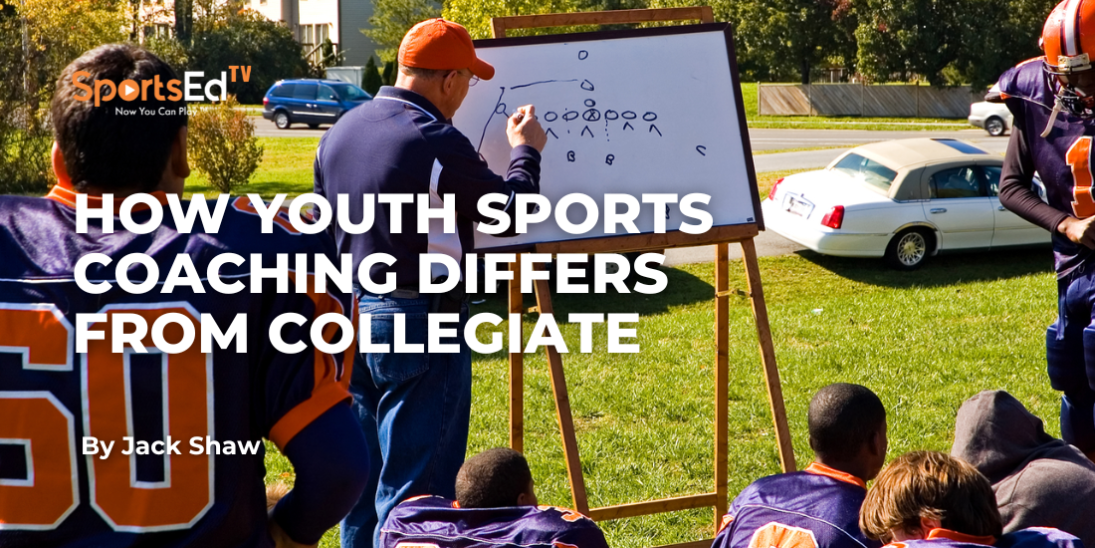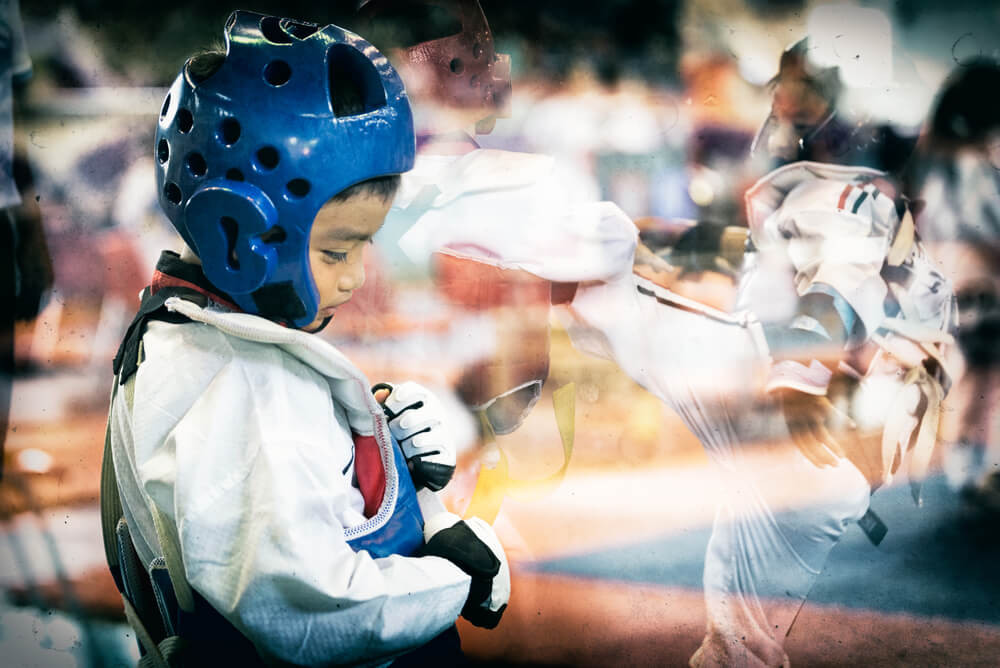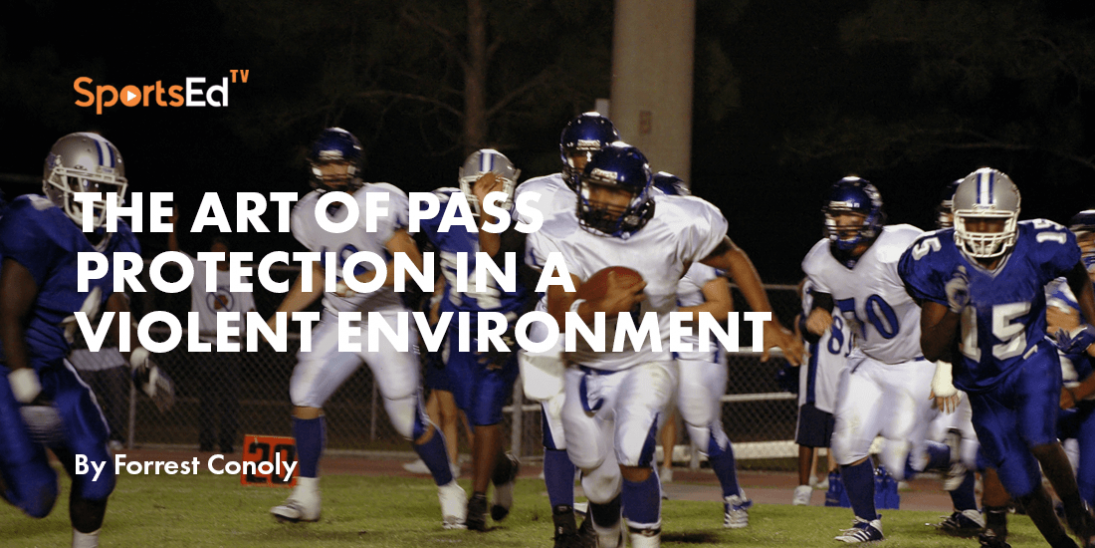Concussion, Football - American
Welcome and thanks for visiting...

Keeping Focus On The QB
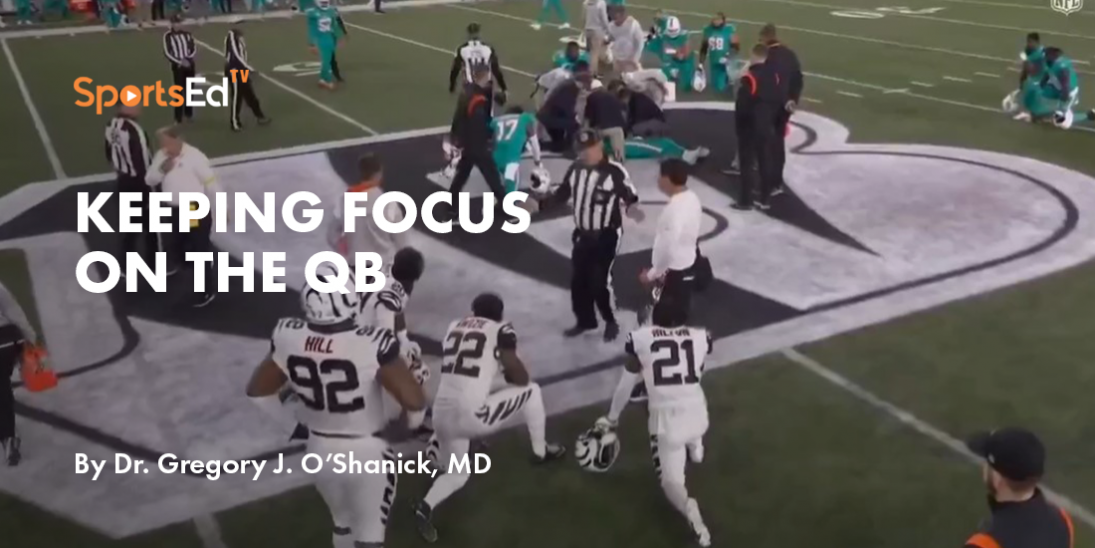
A 24-year-old man has suffered two mild traumatic brain injuries in a matter of 96 hours.
While the media and medical experts express outrage over the inept management by the Miami Dolphins this week of Tua Tagovailoa, the inescapable truth is that a developing brain (yes, frontal lobes aren’t completely developed until age 25, according to scientific research) was subjected to damaging forces before recovering from an initial injury.
How do we know this?
Watching the original films from the Miami-Buffalo game on Sunday, September 25, it is seen that Tua shakes his head following the hit in the second quarter and stumbles/loses muscle control of his legs as he is walking back to the line. Both are visual indicators of neurologic change. Neurologic change after blunt force trauma to the head (as when it hits the turf) or acceleration-deceleration forces are imparted to the brain is the precise definition of traumatic brain injury accepted by the medical community.
Any reasonable adult supervising an adolescent in a high school or collegiate game would recognize the risk of continued exposure to potential injury as reaction time is diminished, multitasking is compromised, and sensory systems (think depth perception, timing, and accuracy) are less precise, as is the ability to evade further sacks.
When we then view the video of the impact taken by Tua on Thursday night, four days later, against the Bengals, his abnormal neurological reaction is instantaneous as seen by the posturing of his hands as he is lying on the turf. Such abnormal positioning reflects the loss of his brain's normal 24-year-old developmental ability to suppress such reflexes because of damage to "top-down" inhibitory pathways. Physicians rely on these abnormal reflex findings in our examinations of patients after strokes, TBI, and spinal cord injuries as reflections of the injury severity.
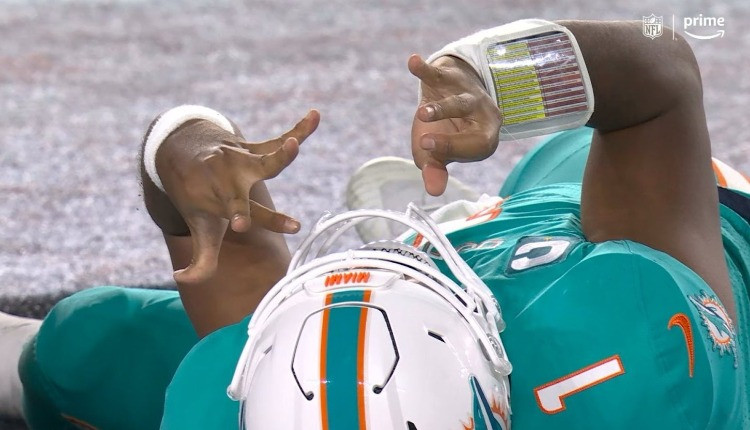
Copyright NFL Network
To sustain two “concussions” that result in obvious motor weakness/loss of coordination and the appearance of “primitive” reflexes within a 4-day span in a still-developing brain sets the stage for a further vulnerability that mandates caution and removal from harm's way for an extended period. Beyond the NFL's "protocol" for a concussion assessment, this young man requires a more thorough examination employing current biological markers of neurotrauma, high-resolution neuroimaging, and exhaustive dynamic assessment of balance, visuomotor, and auditory processing systems.
The discussion of how best to address the inadequacies of the NFL's response to concussions that is reflected in this situation, unfortunately, appears to be just a continuation of that which began in the chambers of Judge Anita Brody and the class action lawsuit.
But it’s the developing brains of these men that we need to keep in focus.






